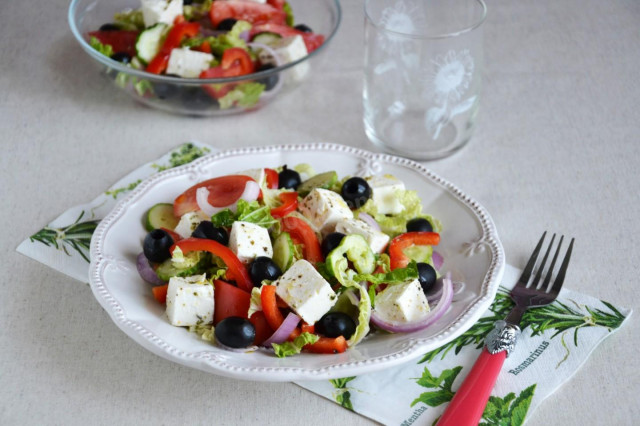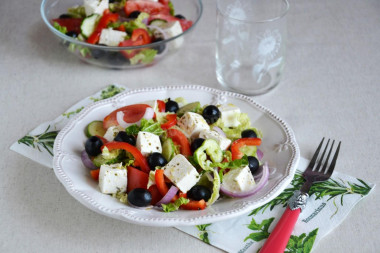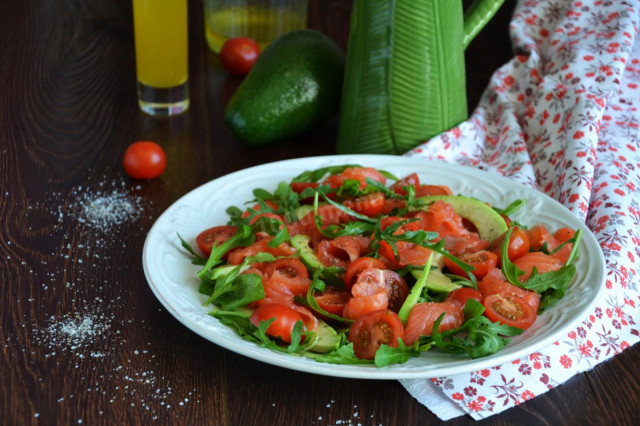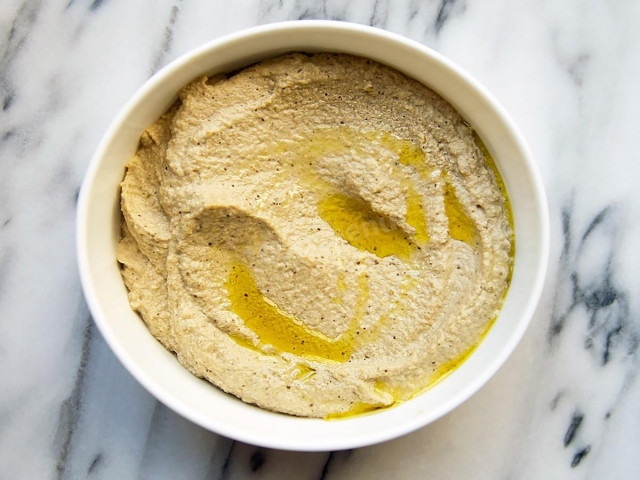Composition / ingredients
Step-by-step cooking
Step 1:

Marinade. To prepare the marinade, we will need: olive oil, lemon juice, herbs of Provence, ground black pepper and salt.
Step 2:
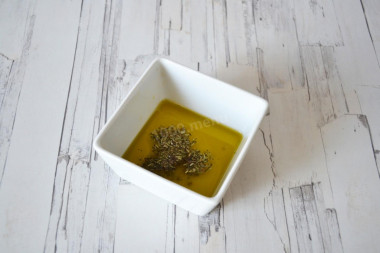
In a bowl, combine olive oil, lemon juice, herbs of Provence, ground pepper and salt. Mix everything thoroughly.
Step 3:
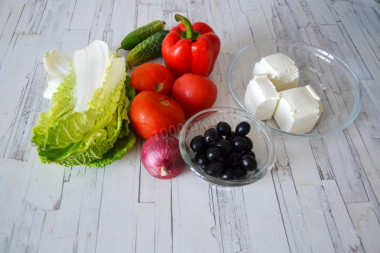
Prepare the remaining ingredients. To prepare a Greek salad with Peking cabbage, we will need: tomatoes, cucumbers, red onions, a few leaves of Peking cabbage, cheese or feta, pitted olives.
Step 4:
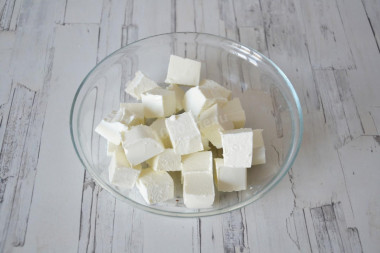
Cut the cheese into medium cubes.
Step 5:

Put the cheese in a bowl and pour the marinade.
Step 6:
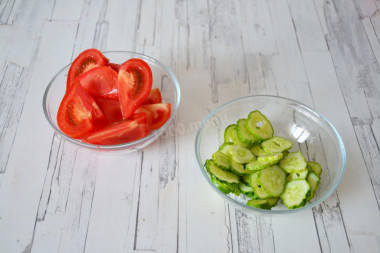
Wash cucumbers thoroughly and cut into slices. Cut tomatoes into slices.
Step 7:
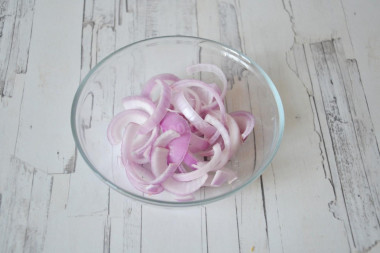
Peel the onion and cut into half rings.
Step 8:

Peel the bell pepper from the seeds and stems. Cut the pulp into strips.
Step 9:

Chop the Peking cabbage. It is better to use only green leaves without white stalks in the salad.
Step 10:

Put the Peking cabbage, cucumbers, tomatoes, bell peppers and red onions in a salad bowl and mix everything together.
Step 11:
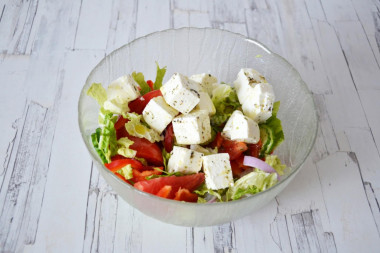
Place cubes of pickled cheese on top.
Step 12:

Drain the liquid from the olives. Add to the salad. Pour the remaining marinade over the salad and serve it to the table. Enjoy your meal!
The most interesting thing is that originally in Greece itself this salad was called "Horiatiki" (or Horiatiki), and is translated from Greek as a rustic salad. It was made "Greek" by tourists who really liked it in Greece, and they dubbed it that way. Now in all tourist taverns it is called "Greek salad", but its true name can be found only in the Greek hinterland.
Greek salad is a banal "rustic" mixture of vegetables, such as cucumbers, tomatoes, red onions, peppers, i.e. everything that grows in a Greek vegetable garden. But the addition of large olives (and necessarily with a stone), Feta cheese and of course olive oil makes this mixture a "Greek salad"! Plus the obligatory sourness in the form of lemon sauce or balsamic (or wine) vinegar.
Greek salad is always served unmixed and unflavored, just fresh chopped vegetables and a whole piece of cheese on top.
Our salad has acquired a lot of changes, but it does not get worse from this.
Caloric content of the products possible in the composition of the dish
- Onion - 41 kcal/100g
- Tomatoes - 23 kcal/100g
- Fresh cucumbers - 15 kcal/100g
- Sweet pepper - 27 kcal/100g
- Cow's milk cheese - 260 kcal/100g
- Sheep cheese cheese with 50% fat content - 370 kcal/100g
- Garlic - 143 kcal/100g
- Ground black pepper - 255 kcal/100g
- Olives - 166 kcal/100g
- Chinese cabbage - 16 kcal/100g
- Salt - 0 kcal/100g
- Lemon juice - 16 kcal/100g
- Olive oil - 913 kcal/100g
- Herb mixture - 259 kcal/100g

